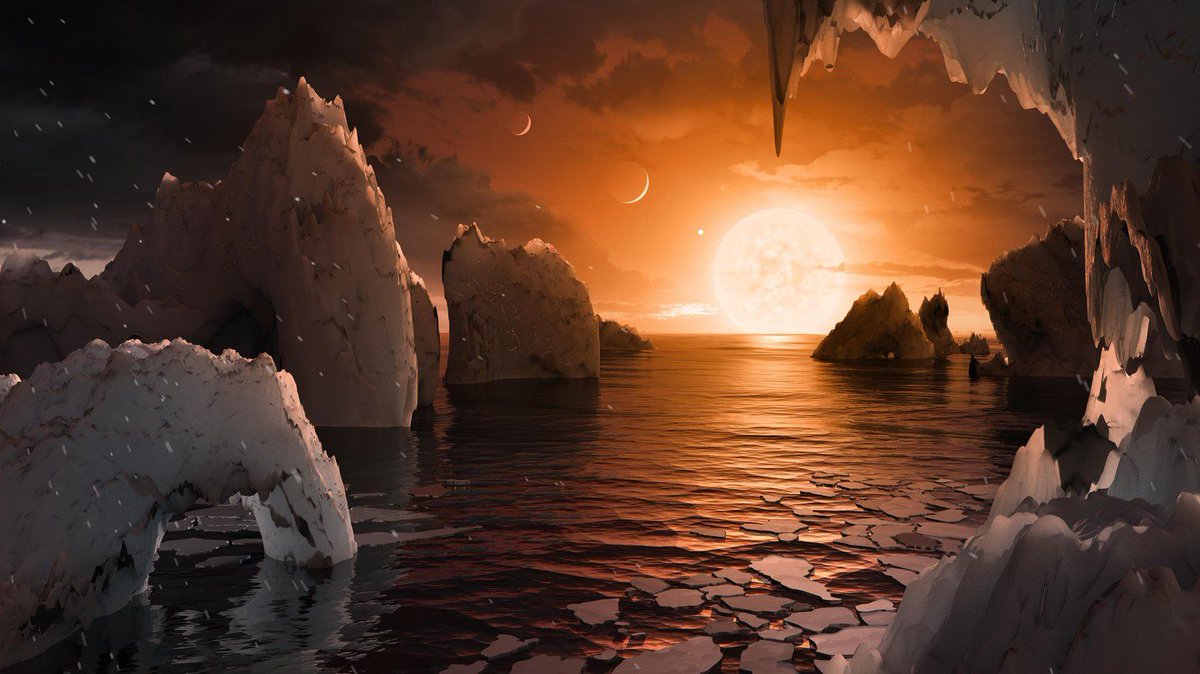Frameworks are a valuable tool in science. They give context to sometimes abstract concepts such as “how powerful can an alien civilization be” (Kardashev scale) or “how developed is this technology?” (Technology Readiness Levels). Now, NASA has developed a new scale to help give context to what some consider one of the agency’s most critical missions – the search for extraterrestrial life.
So why is a framework needed for this particular concept? NASA is cautious about how they, and their funded researchers, announce anything that might pertain to the detection of life on other worlds. The famously inconclusive Viking Mars lander experiments are an excellent example as to why. And the media circus around the relatively recent discovery of what appeared to be phosphine gas in the clouds of Venus drove rampant speculation until the results appeared to be overturned by further research.
There is also a lot of nuance in the ways life can be detected. Some are more significant than others. That is what NASA used as a basis for their framework – how important a particular discovery is, ranging from “Huh, that’s weird” to “there is definitely some biological process going on here.
The scale, known as the “confidence of life detection” (or CoLD) scale, ranges from 1 to 7, with 1 being the least significant and 7 the most. In other words, 1 is the “huh, that’s weird” scale. In NASA’s press release, they give the example of the presence of a “biologically relevant molecule.” Future explorations on Mars could turn up just such a molecule, but it is hardly a smoking gun for the presence of life, as organic molecules are abundant even on comets and asteroids.

Credit – NASA / Aaron Gronstal
At level 2, the scientists would start eliminating potential contamination – specifically whether anything influencing the data came from Earth. Biological molecules have previously attached themselves to spacecraft, despite scientists’ and engineers’ best cleanroom assembly and testing efforts.
Levels 3 continues this elimination over other potential causes theme. To reach this level, scientists would have to present a reasonable explanation for the molecules’ presence. It is much harder to determine whether some previously unknown inorganic process might have formed the molecule without that.
That is exactly what Level 4 is supposed to expand upon. It can be tricky to prove a negative, but Level 4 should eliminate all other sources for the potential biosignature. Or at least prove that they are “implausible in that environment” according to the Nature paper outlining the framework.
As with all good science, any finding should be validated by other researchers. So to reach Level 5, an independent team must confirm the finding seen in the first place. In a nod to the phosphine episode from last year, Level 6 is reached when alternative hypotheses offered to explain the biosignature do not pan out.
This all leads to Level 7 – when scientists predict some other potential signal that could be created by the life behind the biosignature and conclusively detect it. With at least two different pieces of evidence pointing to a biological explanation for a phenomenon, NASA thinks scientists will have reached the burden of proof to definitively announce that they have detected life on another world.
The same scientists that developed this framework have also asked for feedback, including changes to the framework itself. They view it as part of the conceptual mind-shift that their work is supposed to engender. And their timing couldn’t be better. Not only are there several upcoming missions dedicated to finding life in this solar system, such as Europa Clipper and Dragonfly, but large space observatories, such as the James Webb Space Telescope, could find the types of biosignatures the framework is supposed to contextualize on planets outside our solar system.
Hopefully, the media can use this scale to help temper expectations of the news of biosignatures in the future. But dealing with emotions when discussing potential answers to one of the most asked questions in history is complicated. If used correctly, the CoLD scale can help laypeople and scientists alike to know if (or when) it is time to truly get excited about finding life on another world.
Learn More:
NASA – Are We Alone in the Universe? NASA Calls for New Framework
Nature – Call for a framework for reporting evidence for life beyond Earth
SyFy – NASA IS THINKING OF NEW WAYS TO FIND ALIENS… IF THEY EXIST
NPR – NASA is looking for a framework to better help you understand its deep space finds
Lead Image:
Artist’s conception of sunrise on one of the Trappist worlds.
Credit – NASA

